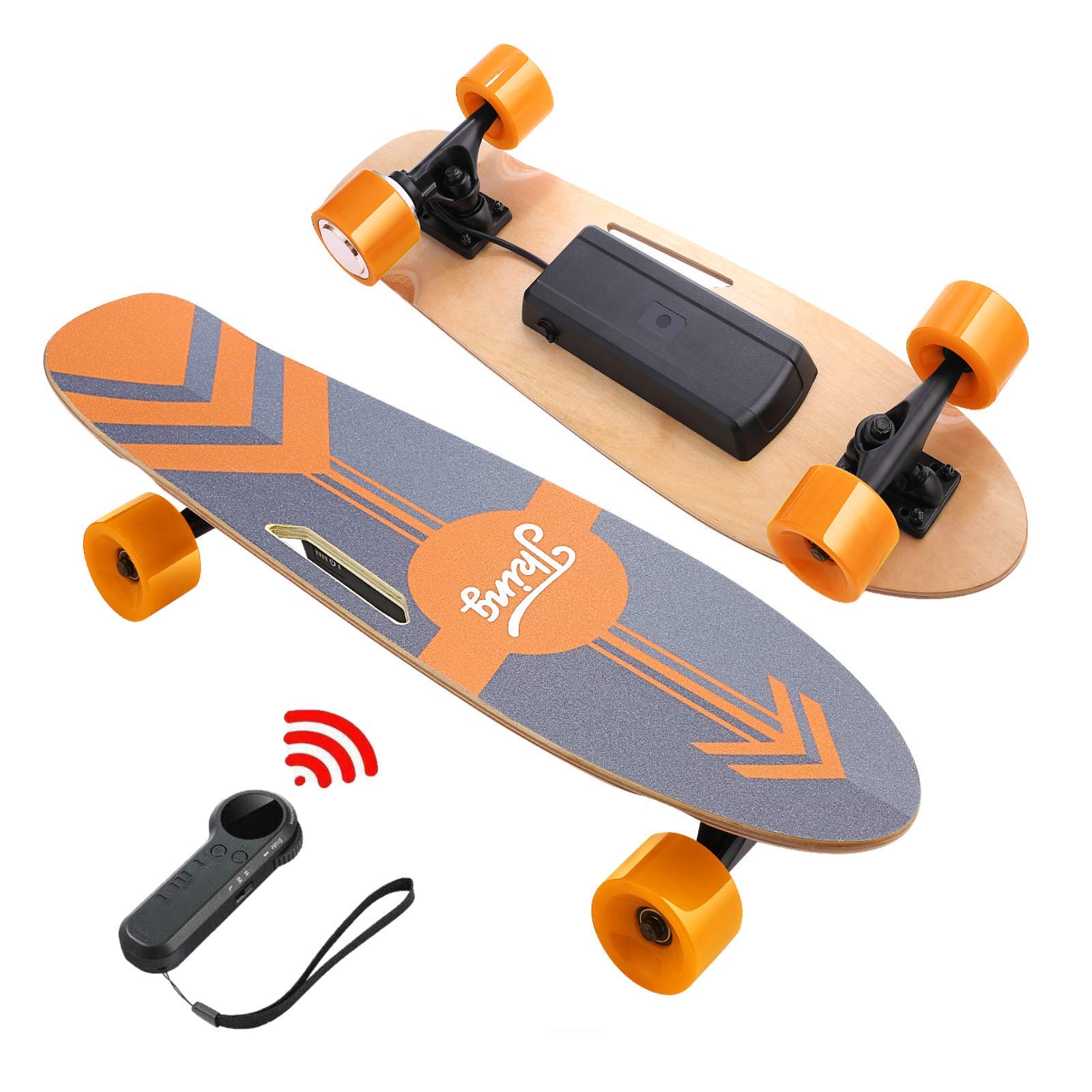Mastering the skateboard is more than just learning a few tricks; it’s about understanding the board, the terrain, and yourself. It’s about finding your balance, both physically and mentally, and pushing yourself to new limits. Whether you’re just starting or looking to take your skills to the next level, here’s a comprehensive guide to help you master the skateboard.
Understanding Your Skateboard
The Deck
The deck is the main part of the skateboard, usually made of seven layers of maple wood. It’s important to choose a deck that suits your style and size. A wider deck provides more stability, while a narrower one allows for more maneuverability.
The Trucks
Trucks are the metal T-shaped pieces that attach the wheels to the deck. They affect how easily you can turn and how stable your board feels. Looser trucks allow for sharper turns, while tighter trucks provide more stability at high speeds.
The Wheels
Skateboard wheels come in different sizes and hardness levels. Larger wheels roll faster and smoother over rough terrain, while smaller wheels are lighter and easier to control for tricks. The hardness of the wheels affects how much grip they have on the ground.
The Bearings
Bearings are what allow your wheels to spin. Higher quality bearings will spin faster and longer, giving you a smoother ride. Keeping your bearings clean and well-lubricated is essential for optimal performance.
Learning the Basics
Stance
Your stance on the skateboard is crucial for balance and control. Most people are either regular (left foot forward) or goofy (right foot forward). Experiment to find which is more comfortable for you.
Pushing
Pushing is the basic method of propelling yourself on a skateboard. Place your front foot over the front bolts of the board and push with your back foot. Keep your weight centered for balance.
Turning
To turn on a skateboard, shift your weight slightly in the direction you want to go. For sharper turns, you can use your front foot to guide the board in the direction you want to turn.
Stopping
There are several ways to stop on a skateboard, including dragging your foot on the ground, using the tail of the board to scrape against the pavement (called a “tail stop”), or using a slide (for more advanced riders).
Mastering Tricks
Ollie
The ollie is the foundation for many skateboard tricks. It involves using your back foot to pop the tail of the board while sliding your front foot up towards the nose to level out the board in the air.
Kickflip
A kickflip is a trick where the board flips beneath your feet while in the air. To perform a kickflip, ollie and then use your front foot to flick the edge of the board, causing it to spin.
Grinds and Slides
Grinds and slides involve sliding along an obstacle with the trucks or the deck of the skateboard. Common grinds include the 50-50 (both trucks), the boardslide (the deck), and the smith grind (back truck).
Manuals and Wheelies
Manuals and wheelies involve riding on only the back wheels (manual) or front wheels (wheelie) of the skateboard. These tricks require a delicate balance and precise weight distribution.
Safety Tips
Wear Protective Gear
Always wear a helmet, knee pads, elbow pads, and wrist guards when skateboarding. These will protect you from serious injuries.
Start Small
Begin with basic tricks and gradually progress to more advanced ones as you become more comfortable on the board.
Know Your Limits
Don’t attempt tricks or terrain that are beyond your skill level. Pushing yourself is important, but so is knowing when to stop and take a break.
Practice, Practice, Practice
Skateboarding takes time to master. Keep practicing regularly, and don’t get discouraged by setbacks.
Conclusion
Mastering the skateboard is a journey that requires dedication, practice, and a willingness to push yourself. By understanding your equipment, learning the basics, mastering tricks, and practicing safely, you can take your skateboarding skills to the next level. So, grab your board, hit the streets, and enjoy the ride!

